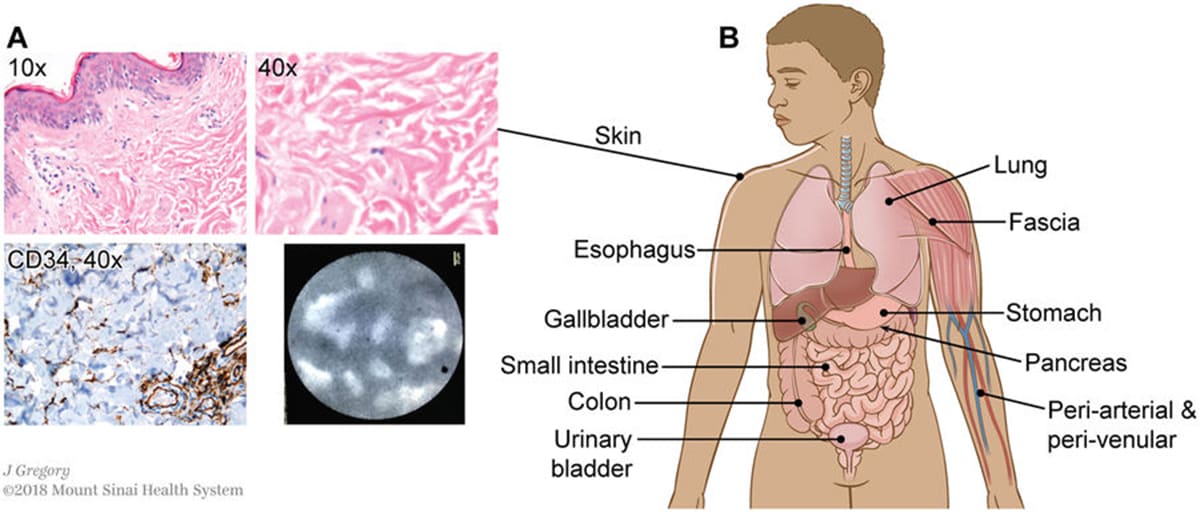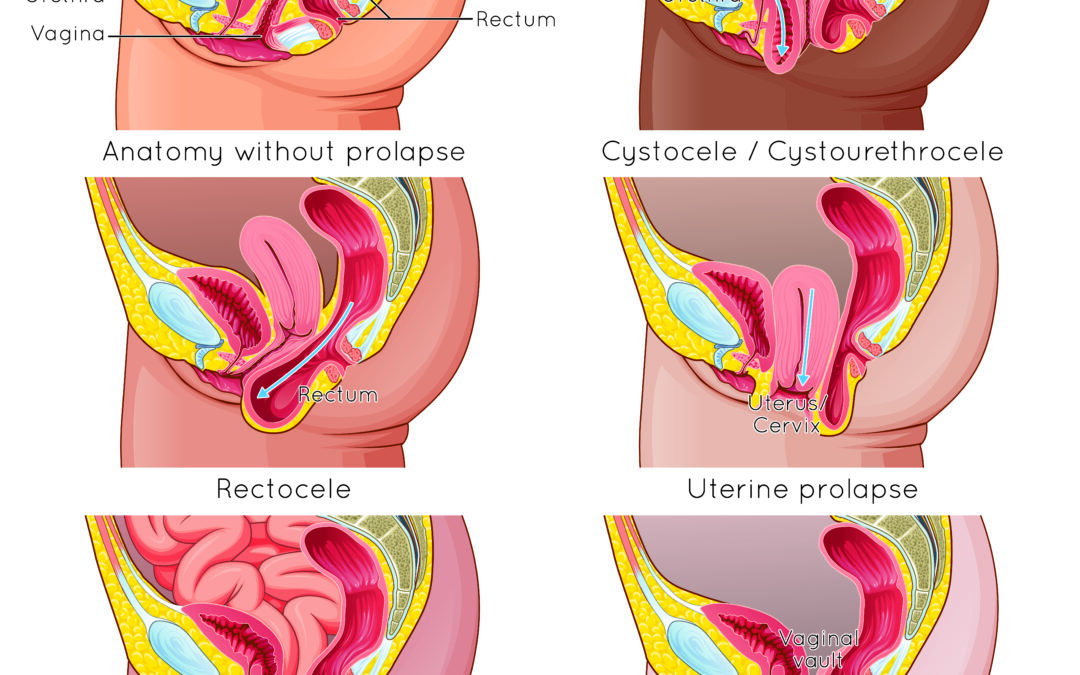Oct 30, 2023+ Show all Connective tissue: Basic introduction Firstly, what is connective tissue? Connective tissue is what connects, separates and supports all other types of tissues in the body. Its cells are loosely packed within the extracellular matrix (network of macromolecules outside of the cell that provide it with structural and biochemical support).
Interstitium: Scientists say they’ve discovered a new human organ
connective tissue covering figure with labels + − Learn Test Match Created by abigail_young231 Terms in this set (16) Term bone Location Term tendon Location Term fascia covering muscle Location Term epimysium Location Term perimysium Location Term endomysium Location Term fascicle Location Term axon of motor neuron Location Term blood vessel

Source Image: www.freepik.com
Download Image
Osseous tissue (also known as bone tissue) is the hardest connective tissue (Figure \(\PageIndex7\)). It provides protection to internal organs and supports the body’s physical structure. … In the picture of skeletal muscle, locate striations and nuclei, then label one of each structure. Check with your instructor, TA, or the answer key

Source Image: www.pinterest.com
Download Image
593 Connective Tissue Diagram Royalty-Free Photos and Stock Images | Shutterstock Information. Connective tissue is found throughout the body, usually in association with other tissues. As its name indicates, it often serves to connect different tissues together, but it also can serve as a wrapper (in locations where a tough epithelial wrapping is not required), a structural support, cushioning, a storage repository, a protective layer, or a transport medium.

Source Image: www.pinterest.com
Download Image
Label The Connective Tissue In The Figure
Information. Connective tissue is found throughout the body, usually in association with other tissues. As its name indicates, it often serves to connect different tissues together, but it also can serve as a wrapper (in locations where a tough epithelial wrapping is not required), a structural support, cushioning, a storage repository, a protective layer, or a transport medium. 1. Name this tissue histologically and list some of the key features. 2. What are B&C? What produces these two things? 3. Name all the structures in this picture. 4. Histologically name this tissue. What makes it different from other types of similar tissue? 5. What are A&B pointing to? Where would you find an analogous structure to B? 6.
a) Dense regular connective tissue consists of collagenous fibers packed into parallel bundles. (b) … | Anatomy and physiology, Loose connective tissue, Physiology
Supportive connective tissue —bone and cartilage—provide structure and strength to the body and protect soft tissues. A few distinct cell types and densely packed fibers in a matrix characterize these tissues. In bone, the matrix is rigid and described as calcified because of the deposited calcium salts. 170 Connective tissues ideas | anatomy and physiology, physiology, human anatomy and physiology

Source Image: www.pinterest.com
Download Image
Osteosarcoma, causes, symptoms, diagnosis, treatment & prognosis Supportive connective tissue —bone and cartilage—provide structure and strength to the body and protect soft tissues. A few distinct cell types and densely packed fibers in a matrix characterize these tissues. In bone, the matrix is rigid and described as calcified because of the deposited calcium salts.

Source Image: healthjade.com
Download Image
Interstitium: Scientists say they’ve discovered a new human organ Oct 30, 2023+ Show all Connective tissue: Basic introduction Firstly, what is connective tissue? Connective tissue is what connects, separates and supports all other types of tissues in the body. Its cells are loosely packed within the extracellular matrix (network of macromolecules outside of the cell that provide it with structural and biochemical support).

Source Image: www.nbcnews.com
Download Image
593 Connective Tissue Diagram Royalty-Free Photos and Stock Images | Shutterstock Osseous tissue (also known as bone tissue) is the hardest connective tissue (Figure \(\PageIndex7\)). It provides protection to internal organs and supports the body’s physical structure. … In the picture of skeletal muscle, locate striations and nuclei, then label one of each structure. Check with your instructor, TA, or the answer key

Source Image: www.shutterstock.com
Download Image
593 Connective Tissue Diagram Royalty-Free Photos and Stock Images | Shutterstock Jul 31, 2022As illustrated in Figure 1, loose connective tissue has some fibroblasts; macrophages are present as well. Collagen fibers are relatively wide and stain a light pink, while elastic fibers are thin and stain dark blue to black. The space between the formed elements of the tissue is filled with the matrix. The material in the connective tissue

Source Image: www.shutterstock.com
Download Image
Sacroiliac Joint Dysfunction- a Common Cause of Low Back Pain – Bath Spa Osteopathy Information. Connective tissue is found throughout the body, usually in association with other tissues. As its name indicates, it often serves to connect different tissues together, but it also can serve as a wrapper (in locations where a tough epithelial wrapping is not required), a structural support, cushioning, a storage repository, a protective layer, or a transport medium.

Source Image: bathosteopath.co.uk
Download Image
Pelvic Physical Therapy can help prolapse – Well-Being Pelvic Physical Therapy 1. Name this tissue histologically and list some of the key features. 2. What are B&C? What produces these two things? 3. Name all the structures in this picture. 4. Histologically name this tissue. What makes it different from other types of similar tissue? 5. What are A&B pointing to? Where would you find an analogous structure to B? 6.

Source Image: www.wellbeingphysicaltherapy.com
Download Image
Osteosarcoma, causes, symptoms, diagnosis, treatment & prognosis
Pelvic Physical Therapy can help prolapse – Well-Being Pelvic Physical Therapy connective tissue covering figure with labels + − Learn Test Match Created by abigail_young231 Terms in this set (16) Term bone Location Term tendon Location Term fascia covering muscle Location Term epimysium Location Term perimysium Location Term endomysium Location Term fascicle Location Term axon of motor neuron Location Term blood vessel
593 Connective Tissue Diagram Royalty-Free Photos and Stock Images | Shutterstock Sacroiliac Joint Dysfunction- a Common Cause of Low Back Pain – Bath Spa Osteopathy Jul 31, 2022As illustrated in Figure 1, loose connective tissue has some fibroblasts; macrophages are present as well. Collagen fibers are relatively wide and stain a light pink, while elastic fibers are thin and stain dark blue to black. The space between the formed elements of the tissue is filled with the matrix. The material in the connective tissue